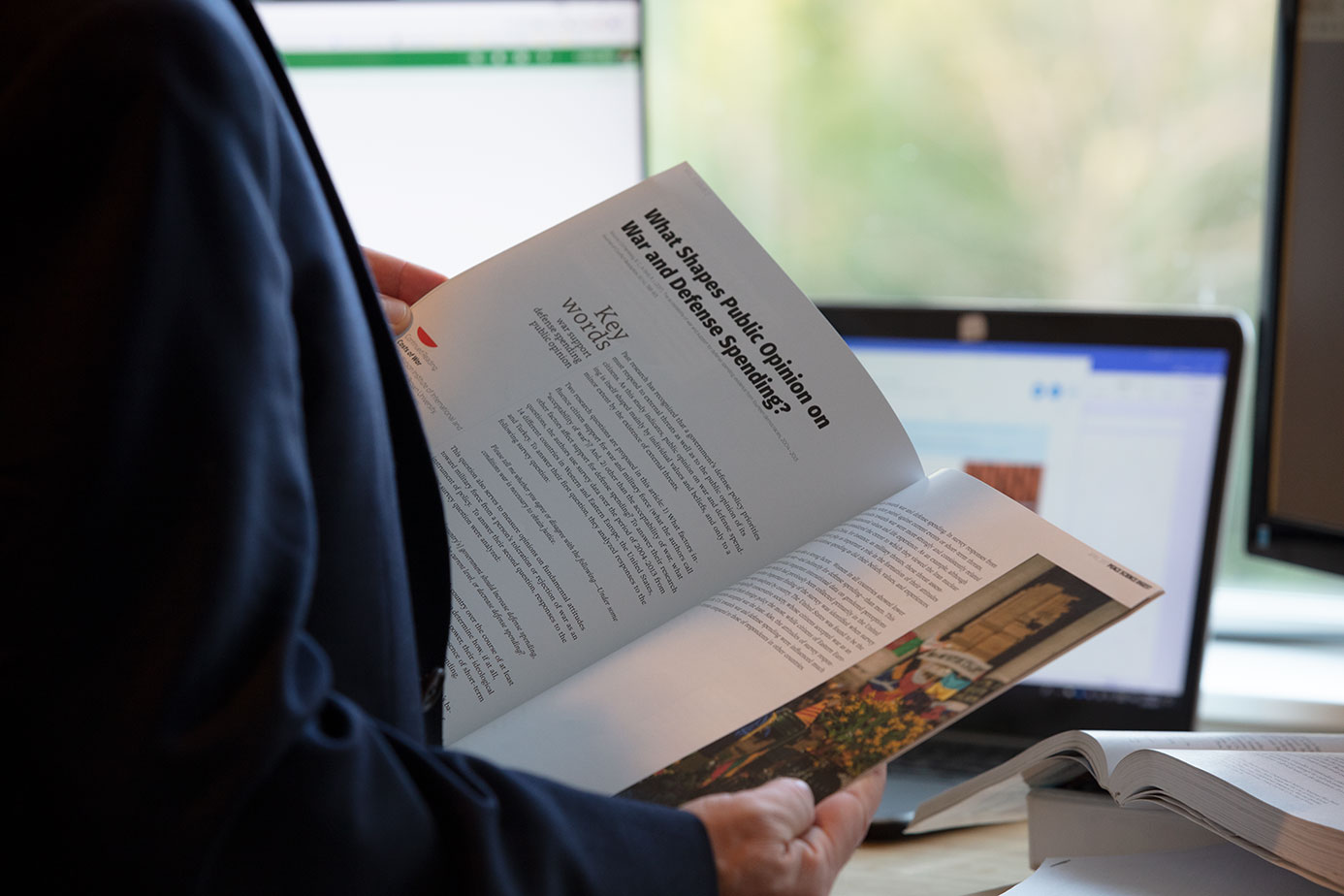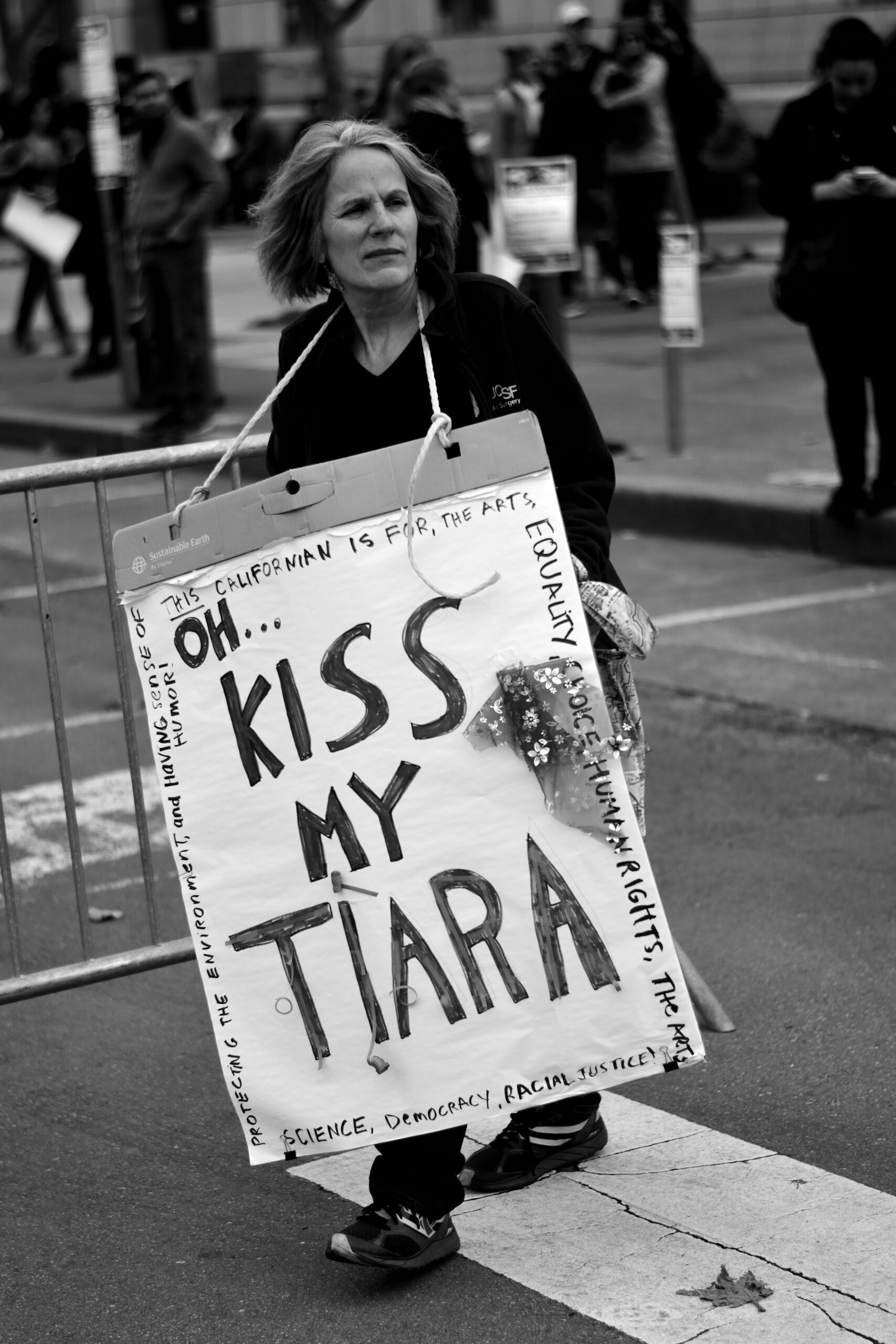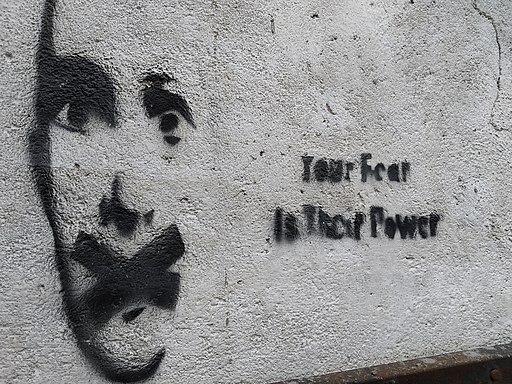
Facts Change Americans’ Beliefs About the Actual Risks of Terrorism
Facts about the risk of terrorism, especially in the context of other risks factors, can mitigate Americans’ fears of terrorism and bring them into closer alignment with reality.

The War Within
In this essay, Morgan Shier intimately links the experience of daily life with a call for policies that recognize human multidimensionality, intersectionality, and interconnectedness.

The Case for a Feminist Domestic Policy for Mexico
In this essay, Rocío Magali Maciel calls for a feminist domestic policy for Mexico—in addition to the country’s feminist foreign policy—to address violence against women.

The Girl Next Door: How Local Individuals Can Affect Global Policy
In this essay, Isobel Dodd argues that addressing domestic misogyny must be a part of a feminist foreign policy to strengthen state security.
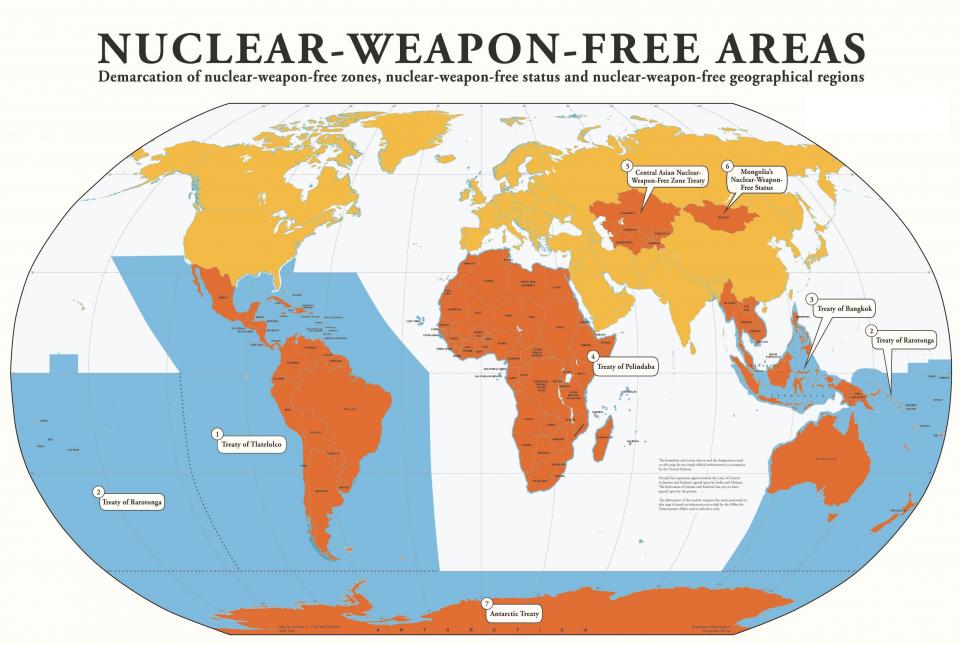
An African Obedient Rebellion to the Global Nuclear Order
The African nuclear weapon-free zone, as a form of “obedient rebellion”, is central to challenging the global nuclear order.

Unsettling Feminist Foreign Policy and Aotearoa New Zealand
In this essay, Angela Wilton argues that a “feminist” foreign policy would be an anti-feminist act in Aotearoa New Zealand without co-creation and co-governance with Indigenous peoples.

Framing an Afro-Feminist Foreign Policy
In this essay, Oluwatoyin Christiana Olajide explores a two-pronged approach for pursuing a feminist foreign policy in an African context: local feminist activism with global reach and men’s ally-ship within government ministries.

Building Peace in Cyberspace
By examining cybersecurity through the lens of peace and conflict studies, we can shift the discourse on cyberwar to a focus on cyberpeace.
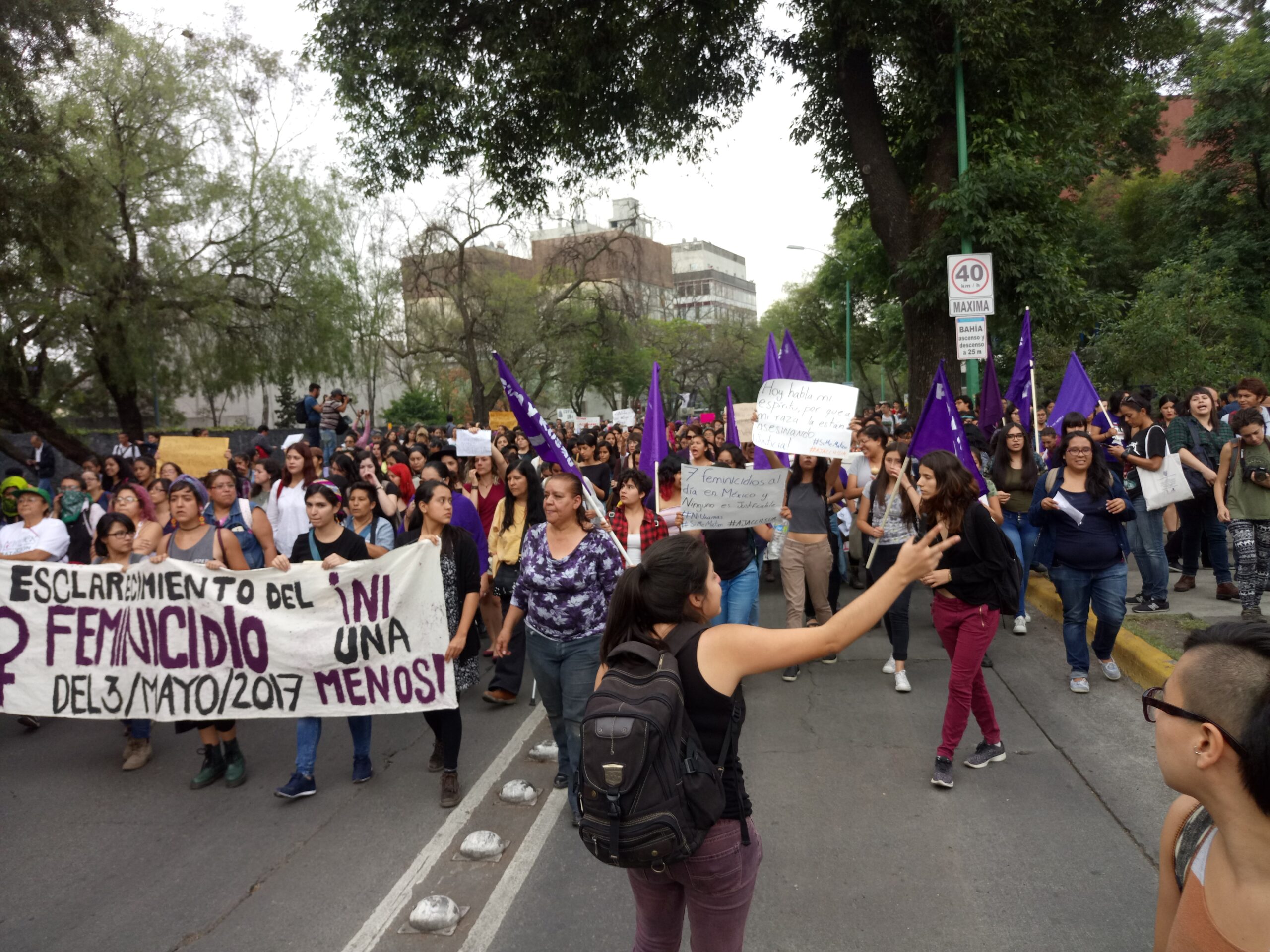
How Social Networks Facilitate Protest Against and Amid Criminal Violence
Involvement in social networks helps explain why individuals decide to protest the insecurity they face, despite the risks from both criminal groups and state security forces.
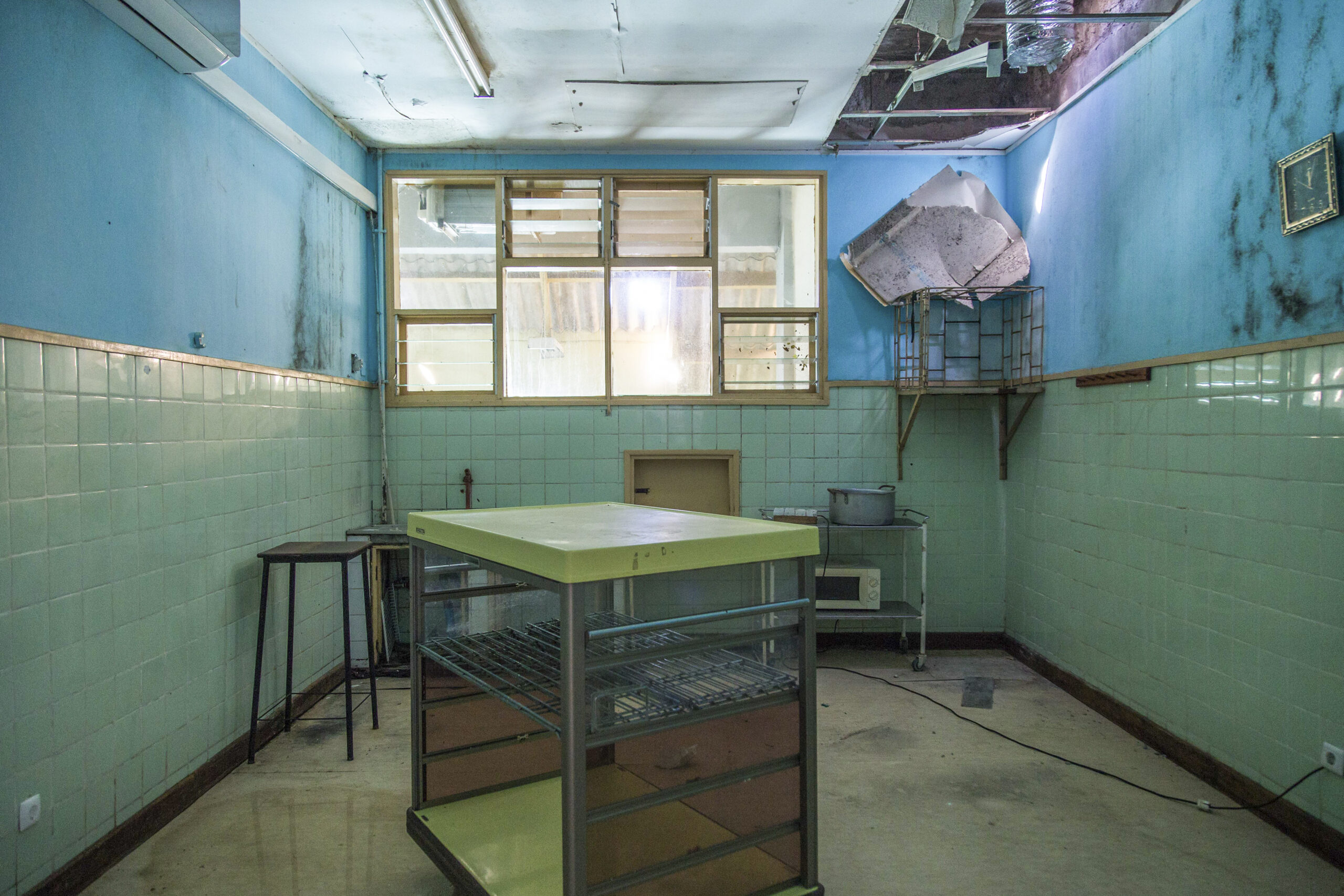
War Results in Adverse Health Outcomes for Children
Across 52 developing countries, children exposed to armed conflict score significantly lower on key measures of childhood health compared to those who are not exposed to armed conflict.
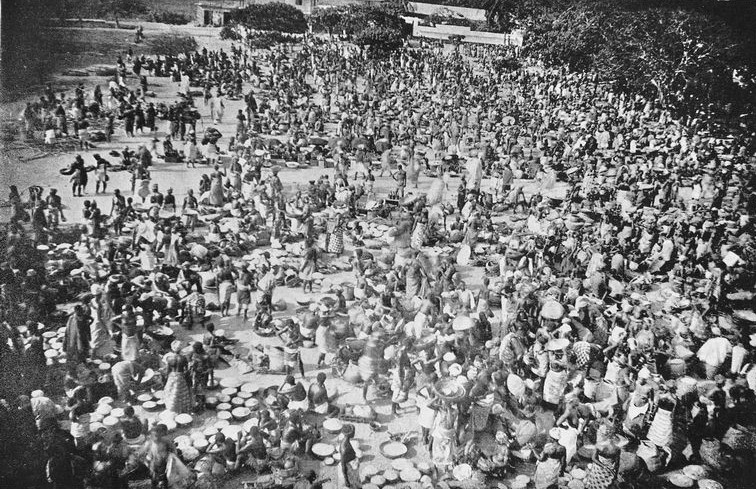
How Women’s Situation Rooms Harness Gender to Prevent Political Violence
In various West African countries, women’s situation rooms (WSRs) monitor election-related violence and more, which enables them to respond to emerging crises.
